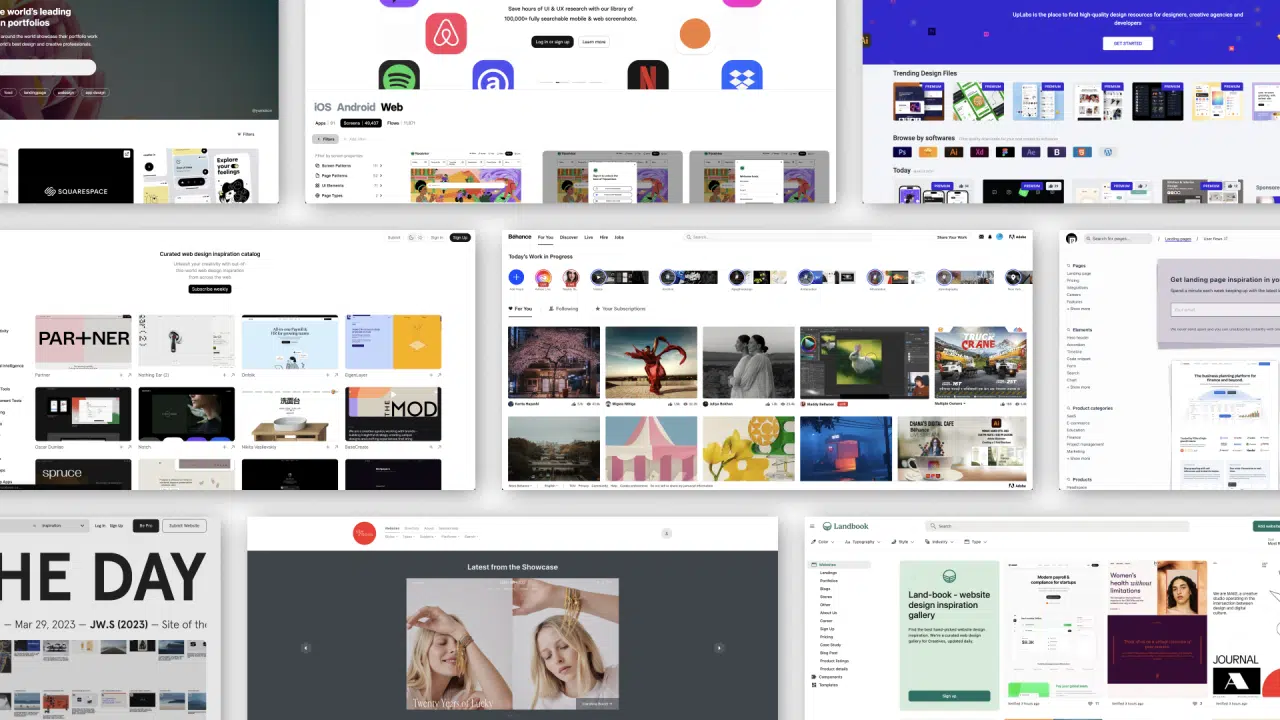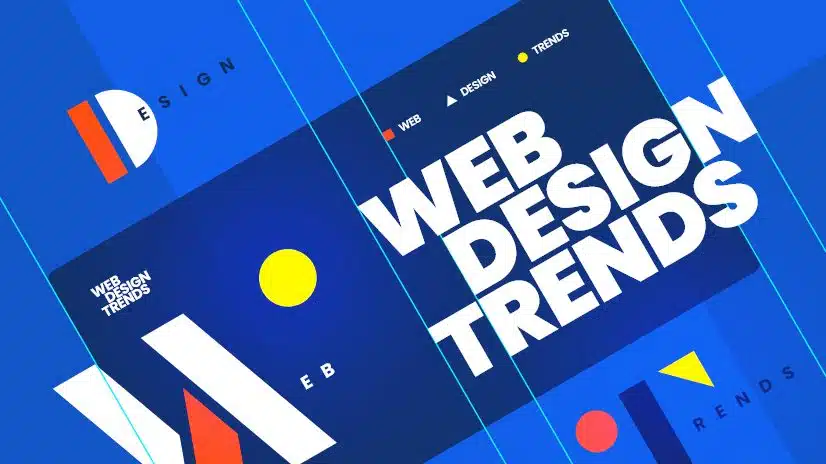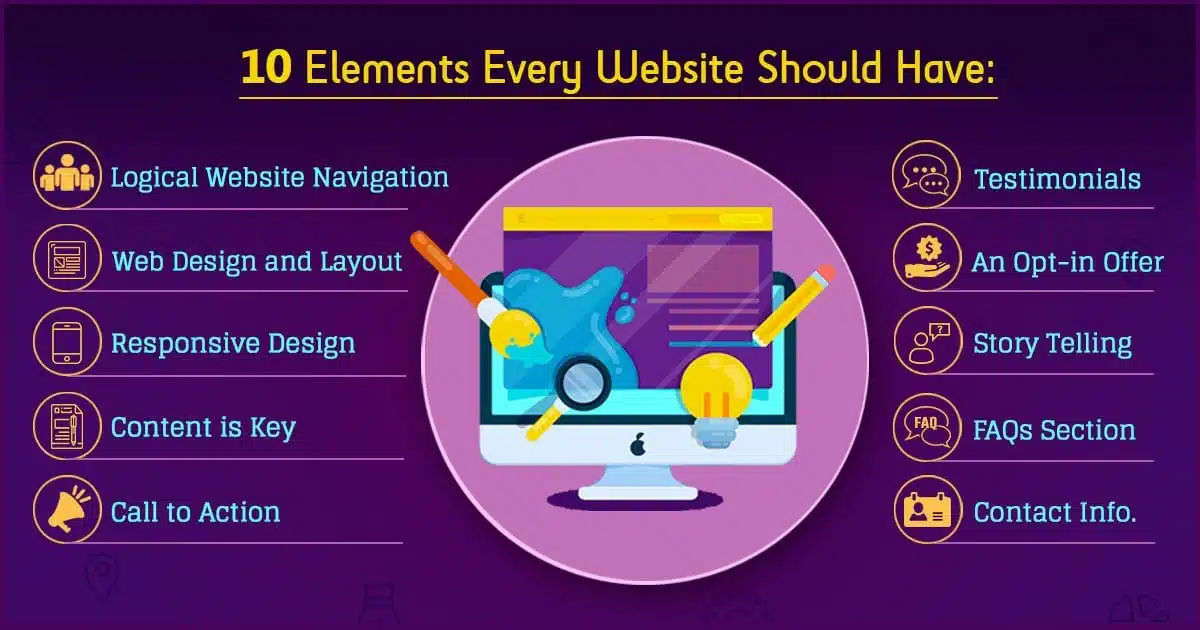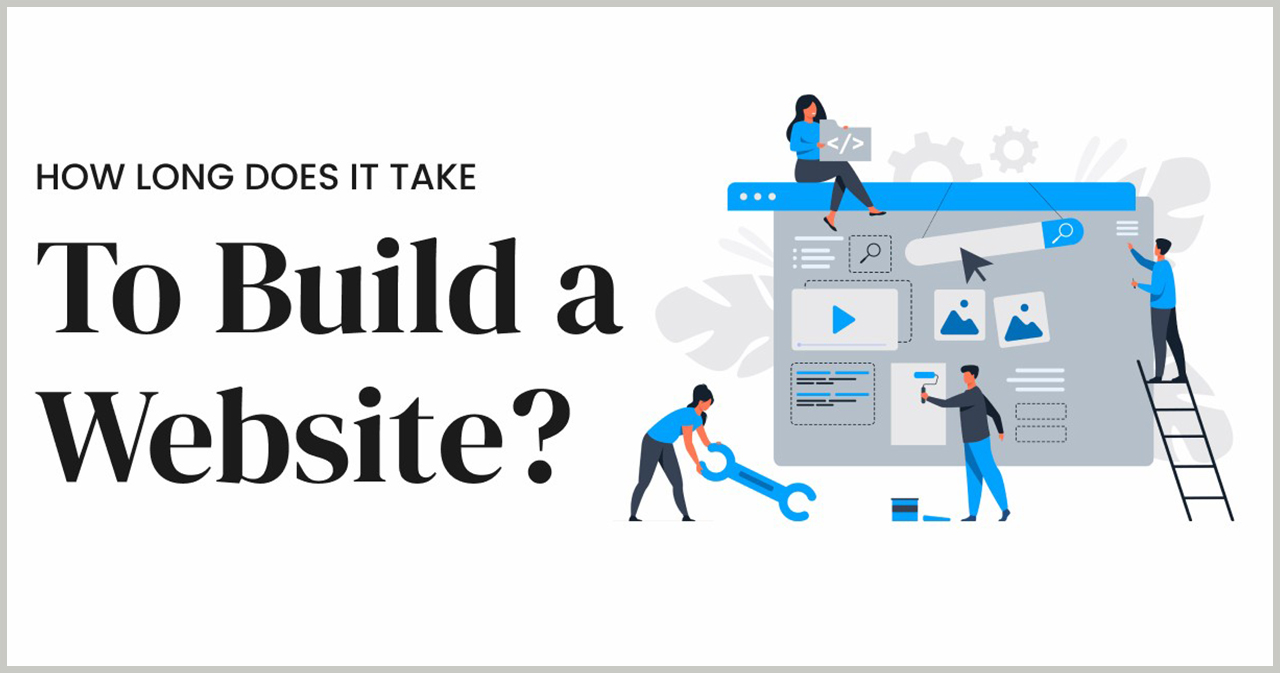Website Design Inspiration: How to Create Stunning and User-Friendly Websites
Website design inspiration is essential in today’s digital world, where websites serve as a business’s online face. The internet has evolved, and new technologies allow us to perform most tasks online, making website design one of the most exciting fields to explore. However, while the cost of building a website can be a concern, the bigger challenge lies in finding the right inspiration to design a site that is both attractive and functional.
How do you know if your website design is professional and visually appealing? What elements can you incorporate to create the best user experience? And most importantly, how can you make your website stand out from the competition?
In this comprehensive guide, we will delve into the top sources for website design inspiration, discuss essential elements that make websites stand out, and provide examples of some of the best-designed websites in the world. Whether you’re launching a new site or redesigning an existing one, this article will help you find the inspiration and tools you need to create a unique and user-friendly website.
Best Websites for Website Design Inspiration
One of the best ways to find website design inspiration is by exploring websites dedicated to showcasing exceptional designs. These platforms allow designers and developers to share their work, making it easier for others to stay updated on the latest trends. Below are some top websites that offer a wealth of design inspiration:
1. Dribbble
Dribbble is a top destination for website design inspiration. This platform allows designers to showcase their work, including web design projects. It’s a treasure trove for both experienced designers and beginners seeking new trends and ideas.
Many freelance and professional web designers display their portfolios here, making it an excellent place to connect with talent or commission designs. If you’re looking for the latest trends in web design, Dribbble is a must-visit.
2. Responsive Design
Responsive design is critical in today’s mobile-first world, and Responsive Design is a website that serves as both an inspiration gallery and a resource for web developers. This site showcases a wide range of responsive websites, emphasizing the importance of adaptive web design.
What sets Responsive Design apart is that it not only highlights well-designed websites but also provides the code behind them. This feature makes it particularly helpful for web designers and developers looking to learn and apply responsive techniques.
3. Crayon
Crayon offers a comprehensive selection of visual inspiration for web design. It boasts over 35 million sites in its directory, making it one of the largest resources for website design inspiration on the web. It’s particularly useful for marketers, designers, and developers who want to spark new ideas for their next project.
The site’s responsive filters make it easy to narrow down your search and find exactly what you’re looking for in terms of design.
4. Webdesign Inspiration
Webdesign Inspiration is another excellent resource for finding website design inspiration. This site features a comprehensive catalog of designs and includes specific filters, allowing you to search by industry, design style, or functionality. For example, if you need inspiration for an e-commerce site, Webdesign Inspiration makes it easy to find examples tailored to your needs.
5. SiteInspire
SiteInspire focuses on showcasing stunning website designs, particularly for small businesses. This platform curates some of the most innovative designs, making it an ideal source of inspiration for boutique businesses or creative projects.
What’s great about SiteInspire is that it regularly updates its gallery, keeping you informed about the latest trends in website design inspiration.
Top Web Design Inspiration Trends
Once you’ve explored these websites for website design inspiration, it’s time to consider the latest trends in web design. Web design has come a long way in recent years, with trends evolving rapidly to meet user expectations and technological advancements.
Here are some of the latest trends that you can incorporate into your web design project:
1. Vibrant and Saturated Color Schemes
Today’s web designers are moving away from safe, muted colors and embracing bold, vibrant hues. Super-saturated color schemes are becoming more popular, with designers reimagining headers and sections with slashes, angles, and dynamic layouts.
This trend is partly driven by advances in screen technology, which allows for richer, more vibrant displays. For new brands looking to make a strong impression, using bold colors can be a great way to grab visitors’ attention.
2. Particle Backgrounds
Images speak volumes on a website, and moving images—such as particle backgrounds—can convey even more. Particle backgrounds are a popular design trend that attracts user attention by creating a sense of motion and engagement.
These animations are not only eye-catching but also create a memorable user experience, keeping visitors engaged for longer.
3. Mobile First Design
With the increasing use of mobile devices to access the web, mobile-first design has become a necessity. In the past, designers struggled with fitting complex menu systems onto small screens, but today, mobile design has matured, ensuring websites are fully responsive and easy to navigate on any device.
A mobile-first approach is now the standard for modern web design, ensuring that your site looks just as good on a smartphone as it does on a desktop.
4. Custom Illustrations
Custom illustrations add a playful and unique touch to web design. They allow businesses to tell their story in a visually engaging way, creating a website that is fun, energetic, and full of personality.
Illustrations can also be tailored to reflect a brand’s specific values, helping to differentiate it from competitors and make the site more memorable.
5. Big and Bold Typography
Typography is a powerful visual tool that can evoke emotions, establish a brand’s personality, and set the tone of a website. With high-resolution devices now the norm, web designers are increasingly using custom fonts and bold typography to make a statement.
Big, bold typography works well for headers and key sections of a website, drawing attention to important information and making the site more visually dynamic.
6. Integrated Animation
Animations are becoming an essential feature in modern web design. Instead of using static images, more websites are incorporating small, interactive animations to enhance the user experience.
Animations can guide users through a website, make the content more engaging, and add an element of fun to the overall design. When used effectively, animations can help bring a website to life.
7. Background Video
Background videos are a powerful way to captivate visitors as soon as they land on your site. These videos automatically play in the background, providing key information about your brand or product without overwhelming the user with text.
Since videos are processed faster than text, using a background video is an excellent way to convey your message quickly and effectively.
Essential Features of a Good Website
While website design inspiration is crucial, certain features are essential to ensure your website is not only visually appealing but also functional and user-friendly. Below are the key elements every good website should have:
1. Appearance
A visually attractive website is essential for capturing visitors’ attention. You don’t need a complicated design; sometimes, simplicity is key. Brands like Apple have mastered the art of simple, clean design that is both functional and visually appealing.
When choosing a color scheme, stick to two or three primary colors that blend well to set the tone for your business. Also, ensure your text is easy to read, graphics are meaningful, and photography is of high quality.
2. Content
Content is just as important as design. Visitors come to your website for information, and your content should be clear, relevant, and informative. Be sure to update your content regularly to keep it fresh and engaging.
Organize your text with clear headings and short paragraphs, and speak directly to your audience by using “you” in your messaging. This will help create a connection with your visitors and guide them through your website.
3. Functionality
A great design means nothing if your website doesn’t function properly. All components, from contact forms to hyperlinks, should work as intended. Make sure your website is free of broken links, grammatical errors, and technical glitches to provide a seamless user experience.
4. Usability
Ease of use is a critical aspect of a successful website. Keep the design simple, ensure fast-loading pages, and minimize the need for scrolling. A consistent layout and screen resolution adaptability are also important factors to consider for usability.
How to Make Your Website Popular
In today’s competitive online world, simply having a great design is not enough. To stand out, you need to focus on optimizing your website for search engines and marketing it effectively. Here are some tips for making your website popular:
1. SEO Optimization
Optimizing your website for search engines is crucial to driving traffic. Incorporate relevant keywords into your URLs, meta-tags, and content to improve your site’s ranking on search engines like Google.
2. Link Building
Building backlinks is an effective way to improve your website’s SEO. You can do this by guest posting on other websites or collaborating with industry influencers. High-quality backlinks signal to search engines that your site is authoritative and relevant.
3. Content Updates
Regularly updating your content keeps visitors engaged and signals to search engines that your site is active and relevant. Whether it’s through blog posts, articles, or new products, fresh content will keep your audience coming back for more.
4. Domain Name
Choose a short, memorable domain name with a .com extension to make your site easy to find. Avoid numbers and hyphens, as these can make your site











Add Comment